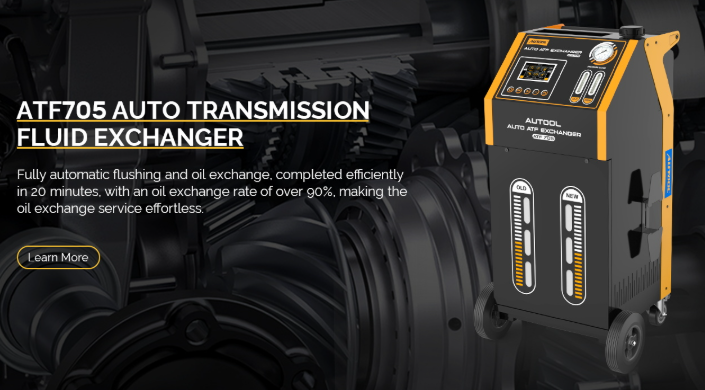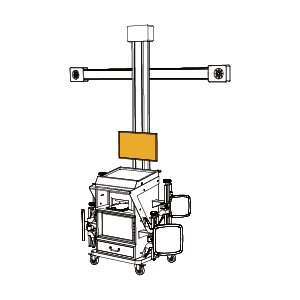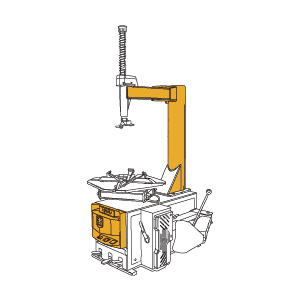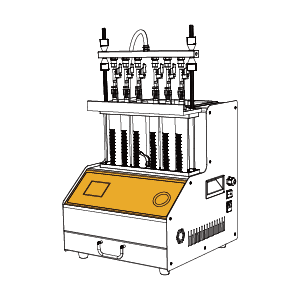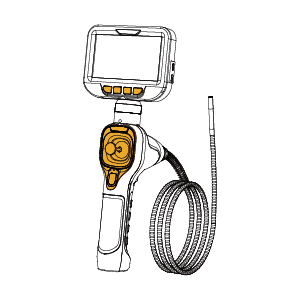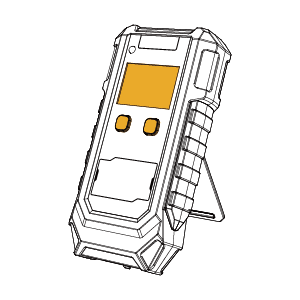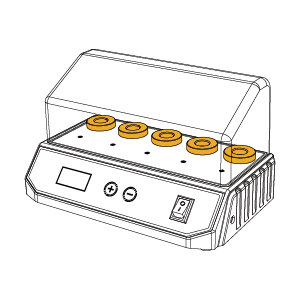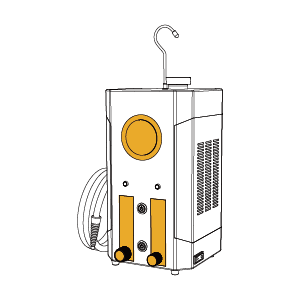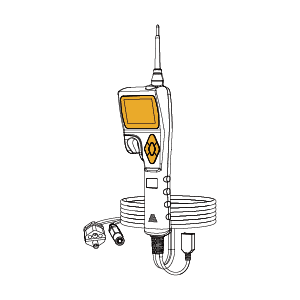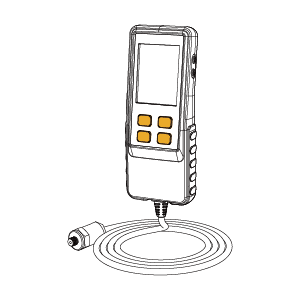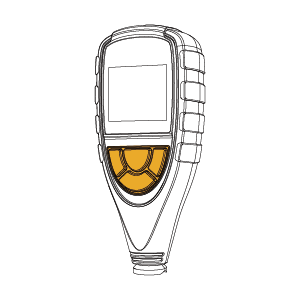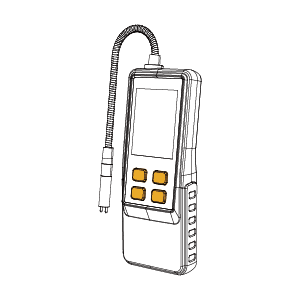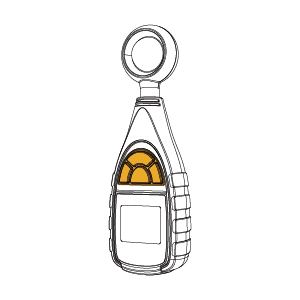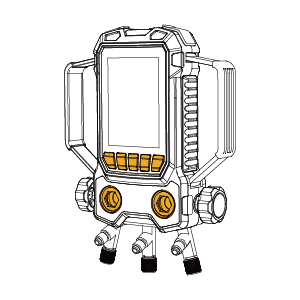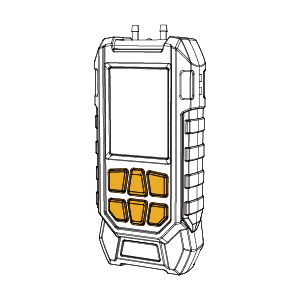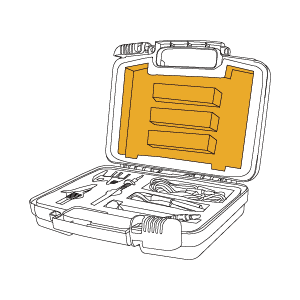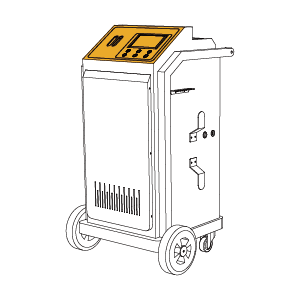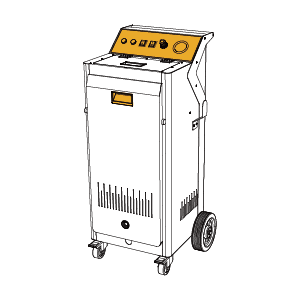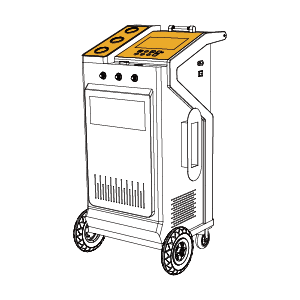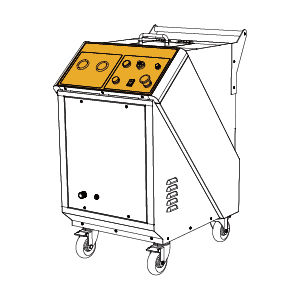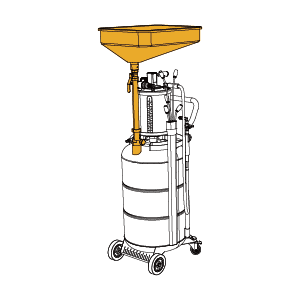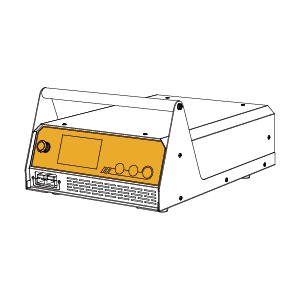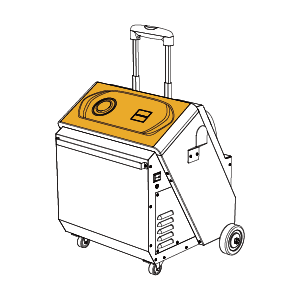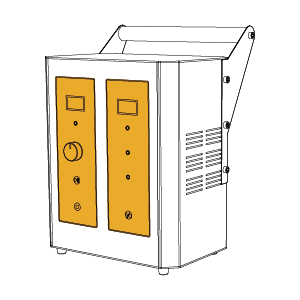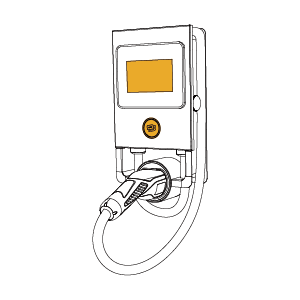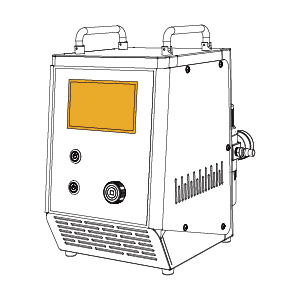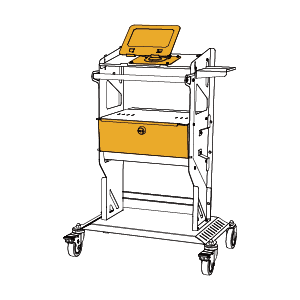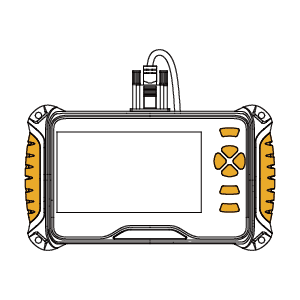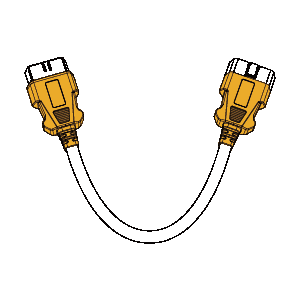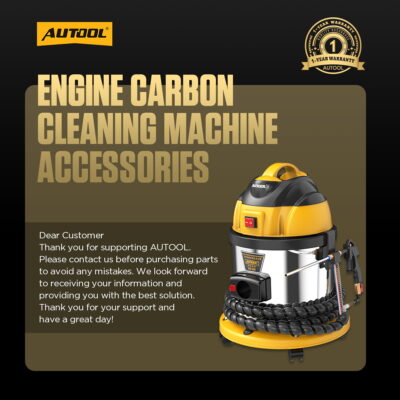Repair Information
How a Simple Coolant Leak Can Wreck Your Turbocharger
A turbocharger is a device designed to enhance engine performance by increasing the volume of air entering the combustion chamber, thereby boosting power and torque. With turbocharging, an engine’s maximum output can increase by 40% or more, allowing the same displacement engine to deliver significantly greater performance. Beyond power gains, turbochargers also help improve fuel efficiency and reduce exhaust emissions.
To handle the extreme heat generated during operation, turbochargers are typically equipped with dedicated cooling systems. If the cooling system fails—due to coolant leakage or poor circulation—it can no longer dissipate the heat effectively, causing the turbocharger to overheat and even glow red-hot. When engine temperatures rise and coolant levels drop below the minimum required, there isn’t enough fluid to cool vital components. Continuing to drive under these conditions may lead to catastrophic failure: internal bearings can burn out, the housing may crack, and engine performance will be severely compromised.
“A small leak today could cost you a fortune tomorrow.” While repairing a coolant leak is often straightforward, ignoring it can result in extensive engine damage and costly repairs. Keeping your cooling system in check is essential to protecting both your turbo and your engine.
The Relationship Between the Coolant System and Turbocharger
Turbochargers are high-speed components driven by exhaust gases and can reach extremely high operating temperatures, often exceeding 900°C. To prevent heat-related damage, many modern turbochargers are not only lubricated by engine oil but also equipped with water-cooling systems that rely on engine coolant to manage temperature. Coolant flows through dedicated internal passages around the turbocharger’s bearings, helping dissipate excess heat and maintain optimal performance.
If the coolant leaks or is insufficient, the turbocharger cannot be properly cooled. This can lead to overheated bearings, cracks in the turbo housing, and even total turbocharger failure. As a result, the proper functioning of the engine’s cooling system is essential to preserving the performance and lifespan of the turbocharger.
What Problems Can a Coolant Leak Cause?
Driving with a coolant leak can result in serious engine damage, including:
- Engine Overheating: If coolant levels fall below the minimum threshold while the engine is hot, there won’t be enough fluid to cool vital components. This can cause the engine to overheat, potentially leading to severe damage or complete failure.
- Blown Head Gasket: Insufficient coolant may also cause the head gasket to fail. This can reduce engine performance, cause internal coolant or oil leaks, and even result in total engine failure.
Identifying Symptoms of a Coolant Leak
To prevent engine damage and keep your vehicle running smoothly, it’s crucial to recognize the signs of a coolant leak. Common symptoms include:
- Puddles Under the Car: Coolant can appear green, orange, or pink depending on the type used. If you notice brightly colored fluid pooling near the front of your vehicle, it’s likely a coolant leak.
- Low Coolant Levels: A consistently dropping coolant level is a strong indicator of a leak. Driving with low coolant can lead to engine overheating and potential mechanical failure. To check the coolant level, ensure the engine is cool, then remove the radiator or expansion tank cap to inspect the level.
- Engine Overheating: If there isn’t enough coolant to regulate engine temperature, overheating can occur. Driving with an overheated engine can result in serious consequences such as warped cylinder heads, oil contamination, or even leaving you stranded. If your engine begins to overheat, it’s critical to take immediate action.
- Sweet Smell: Another sign of a coolant leak is a sweet, syrupy odor, often with a slightly metallic scent. This smell typically comes from the radiator, especially if coolant is collecting inside the plastic housing at the bottom due to a leak.
By understanding these symptoms, you can catch coolant leaks early and avoid more severe engine problems.
What Type of Coolant Does My Car Need?
If you’re planning to top up or replace your engine coolant, it’s important to choose the correct type for your vehicle. Always refer to your vehicle owner’s manual, which outlines the specific coolant compatible with your engine.
For easier and cleaner coolant replacement, use a coolant exchange machine to remove air and refill the system efficiently.
You can find the machine at AUTOOL Shop.

